-
×
 E - 1112 Package Plants for Wastewater Treatment
1 × $50.00
E - 1112 Package Plants for Wastewater Treatment
1 × $50.00 -
×
 E - 1117 Introduction to Biofuels
1 × $75.00
E - 1117 Introduction to Biofuels
1 × $75.00 -
×
 E - 1104 Domestic Wastewater Treatment Overview
2 × $75.00
E - 1104 Domestic Wastewater Treatment Overview
2 × $75.00 -
×
 E - 1109 Design of Small Water Systems
3 × $150.00
E - 1109 Design of Small Water Systems
3 × $150.00 -
×
 E - 1110 Ponds – Planning, Design, and Construction
2 × $150.00
E - 1110 Ponds – Planning, Design, and Construction
2 × $150.00 -
×
 E - 1111 Disinfection with Peroxone
1 × $50.00
E - 1111 Disinfection with Peroxone
1 × $50.00 -
×
 E - 1116 Pumping System Performance Improvement
1 × $125.00
E - 1116 Pumping System Performance Improvement
1 × $125.00 -
×
 E - 1125 Centrifugal and Positive Displacement Pump Basics
2 × $75.00
E - 1125 Centrifugal and Positive Displacement Pump Basics
2 × $75.00 -
×
 E - 1105 Flow Measurement in Pipes and Ducts
1 × $100.00
E - 1105 Flow Measurement in Pipes and Ducts
1 × $100.00 -
×
 E - 1115 Sharp-Crested Weirs for Open Channel Flow Measurement
1 × $75.00
E - 1115 Sharp-Crested Weirs for Open Channel Flow Measurement
1 × $75.00 -
×
 E - 1123 Concrete Methods and principles - Full 8 Hours Course
1 × $200.00
E - 1123 Concrete Methods and principles - Full 8 Hours Course
1 × $200.00 -
×
 E - 1113 Manning Equation - Open Channel Flow using Excel
1 × $100.00
E - 1113 Manning Equation - Open Channel Flow using Excel
1 × $100.00 -
×
 E - 1103 Hydraulic Design of Storm Sewers with Excel
1 × $100.00
E - 1103 Hydraulic Design of Storm Sewers with Excel
1 × $100.00 -
×
 E - 1107 Fundamentals of Fluid Flow
1 × $150.00
E - 1107 Fundamentals of Fluid Flow
1 × $150.00
Subtotal: $2,075.00

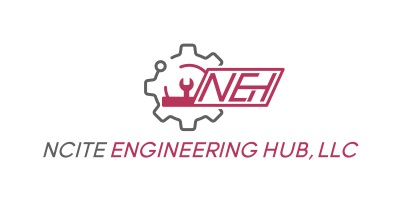
 E - 1112 Package Plants for Wastewater Treatment
E - 1112 Package Plants for Wastewater Treatment  E - 1117 Introduction to Biofuels
E - 1117 Introduction to Biofuels  E - 1104 Domestic Wastewater Treatment Overview
E - 1104 Domestic Wastewater Treatment Overview 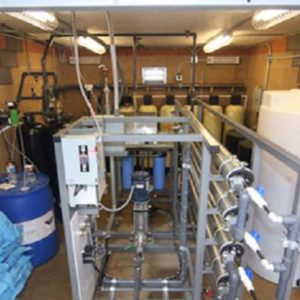 E - 1109 Design of Small Water Systems
E - 1109 Design of Small Water Systems 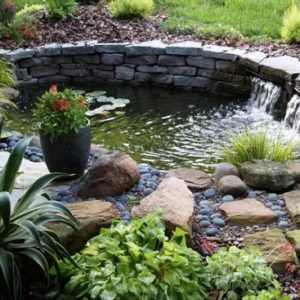 E - 1110 Ponds – Planning, Design, and Construction
E - 1110 Ponds – Planning, Design, and Construction  E - 1111 Disinfection with Peroxone
E - 1111 Disinfection with Peroxone 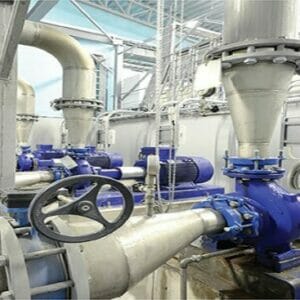 E - 1116 Pumping System Performance Improvement
E - 1116 Pumping System Performance Improvement 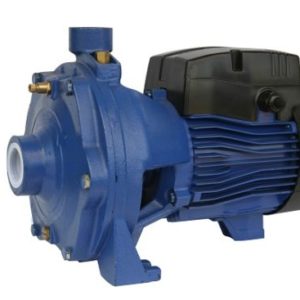 E - 1125 Centrifugal and Positive Displacement Pump Basics
E - 1125 Centrifugal and Positive Displacement Pump Basics 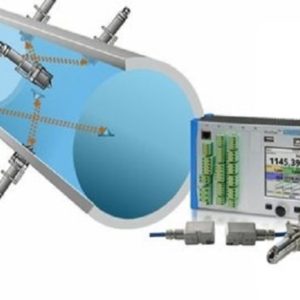 E - 1105 Flow Measurement in Pipes and Ducts
E - 1105 Flow Measurement in Pipes and Ducts 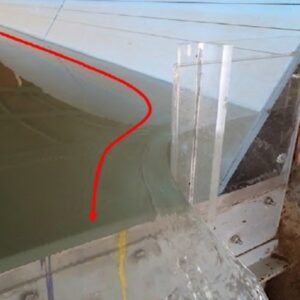 E - 1115 Sharp-Crested Weirs for Open Channel Flow Measurement
E - 1115 Sharp-Crested Weirs for Open Channel Flow Measurement 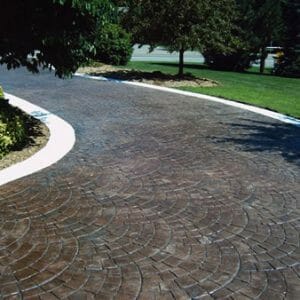 E - 1123 Concrete Methods and principles - Full 8 Hours Course
E - 1123 Concrete Methods and principles - Full 8 Hours Course  E - 1113 Manning Equation - Open Channel Flow using Excel
E - 1113 Manning Equation - Open Channel Flow using Excel 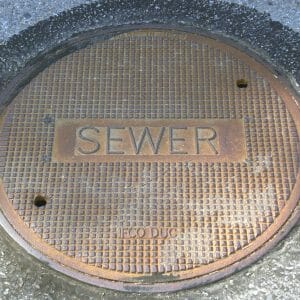 E - 1103 Hydraulic Design of Storm Sewers with Excel
E - 1103 Hydraulic Design of Storm Sewers with Excel  E - 1107 Fundamentals of Fluid Flow
E - 1107 Fundamentals of Fluid Flow 
